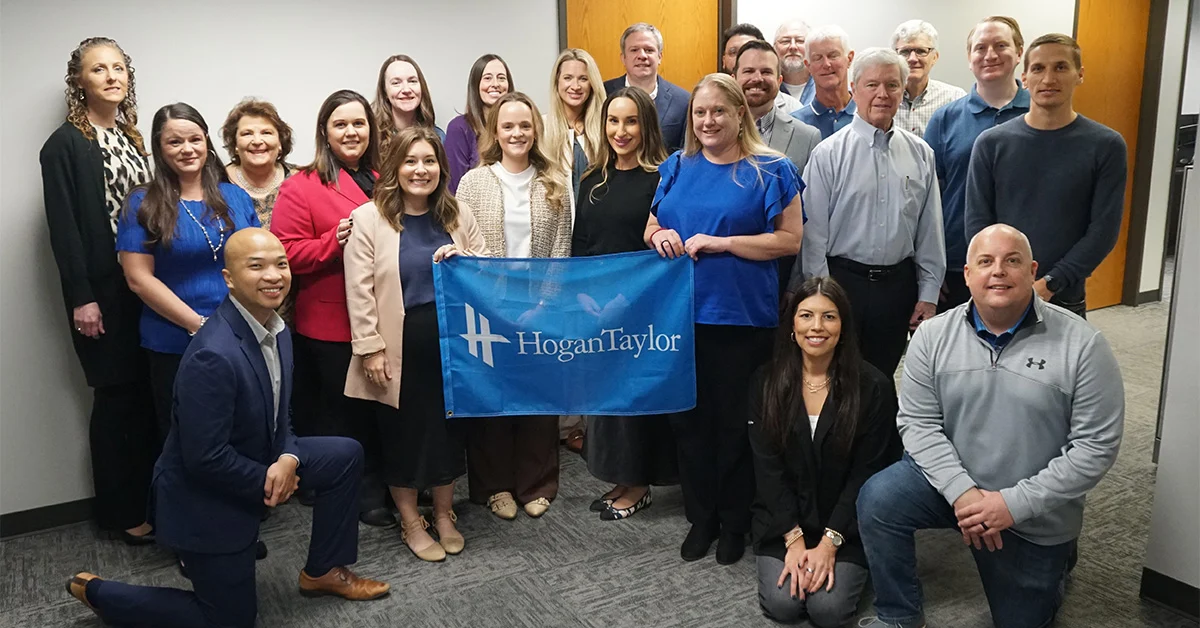Accounting practice management systems are coming of age. Early products for accounting firms came to market before the advent of cloud computing. Many were built on databases and software platforms that have reached the end of their useful life.
If your firm is one of many still using a legacy practice management application, you may be forced to move to a new platform when your existing provider discontinues support. A preferable option might be to proactively choose to move to a modern practice management system on your own timeline.
When deciding on a new practice management application, it’s important to consider the application, features, functionality and support. The evaluation phase should also include discussions on the data migration phase: moving data from the legacy system to the new software. The success of your project may ultimately depend on user acceptance of the new application, and a great user experience rests on a smooth transition, particularly a complete and accurate data migration.
As office manager or partner in your firm, you may take the lead on a new software implementation. Following are seven tips for minimizing disruption and maintaining data quality in the transition to a new practice management system.
Know Your Data
Most firms use multiple applications to manage communications, financial and client activity. Assume that you have multiple sources of data that will need to be moved to the new system. First, create a full inventory of all your data assets and associated applications. Study data stores and flows to understand what upstream and downstream applications might be affected by the new system. This may include, for example, client contacts, engagement letters, tax returns, supporting documents, bank statements, email folders, calendars, workflow elements, tasks and events. Financial data may include billable time records, invoices, and payment records.
Assemble the internal implementation team during the vendor selection phase if possible. The team should include power users of the existing system and representation from all departments. Include this team in group demo presentations from the short list of preferred vendors; team members will ask questions that identify business needs and opportunities or identify gaps in the software.
Tech experts on the implementation team can help determine what data migration efforts will be needed. Each project will vary, depending on the original platform, additional data sources and format in the new platform. Sometimes migration from a legacy practice management platform will require data conversion, a process that shifts data from its stored format in the legacy application to the format required in the new application. This takes a very common methodology in data management called ETL: extract, transform and load.
Create a Timeline
Once the selection of a new system has been made, consider the time needed internally to present results of the evaluation, make the selection recommendation to managing partners or the board and win approval. Once the project is a firm go with budget backing, work with the provider to understand the details on their deliverables for onboarding, migration and training.
The provider should advise a recommended sequence of events and firm resources needed for the implementation based on its experience doing migration projects. From these discussions, create a project timeline with deliverables and owners. Consider and work toward a desired go live date. Firms often cut over at the end of a month or quarter or on the first day of the calendar year, if it’s practical. Doing so creates a clean cutoff date between the two systems for clarity.
Involve Stakeholders / Train Early and Often
Once a final selection has been made, try to arrange a demonstration of the system to a broader group of users across the firm. Communicate project timelines and progress frequently – at least weekly – with those internal stakeholders. Depending on the size of your firm, this may mean an “all employees” update on a weekly basis.
Plan formal product training on the new system within 2-3 weeks prior to the planned go live date. If the vendor can provide it, get a trial work area set up, including test data, and encourage users to do ad hoc testing in the software. It’s best to get their questions identified prior to the cutover, so they’ll be better prepared to work in the new system the moment it is operational.
Create a Migration Plan
The data inventory created in the first step will inform key decisions about the migration plan. Work with the new system provider and the legacy application provider to address data migration efforts. For example, will the legacy provider export your data, and if so, in what format? Or will they provide access to the new provider to pull data from the legacy system?
The two software providers, along with the firm’s technical project lead, can identify anomalies between the data schemas in the two systems and recommend solutions to convert formats if necessary.
Scope the Migration Dataset
Work with business stakeholders to scope the data to be migrated and from which sources. Which data will be required on the day the firm goes live on the new practice management system? Active matters, clients and cases will likely migrate; archived history or inactive clients may not need to migrate immediately or at all.
Templates, outlines or reference material that is infrequently used could be slated for a second phase migration.
Clean Up the Migration Dataset
You’ve heard the phrase “garbage in, garbage out”? Moving to a new practice management system is not unlike the move to a fresh new home – you don’t want to take along all the junk in the attic or garage. In this important step, the support team for the new software system – or perhaps a migration consultant if you employ one – should work with key users to identify and scrub existing data to prepare for a clean move. For example, review lists of customer contacts, employees and vendors to eliminate duplicates or unused or inactive accounts.
Secure Data at Every Step
Even when you have a team of experienced pros, sometimes unexpected issues pop up. Be sure the migration team has measures in place to secure the data from loss or errors from the moment it leaves the legacy platform and that it’s protected throughout the process. Ask providers about data privacy protections and what must be done to safeguard PII.
Celebrate a Successful Implementation
The move to a new practice management system is an important accomplishment that will set your firm up to take advantage of the greater accessibility, security and firm performance analytics available with newer applications. Celebrate the accomplishments with your team, and then turn your attention to phase II tasks.
=========
Nicole Fluty is product manager for OfficeTools at AbacusNext, with over a decade of experience with OfficeTools. She directs and manages rollouts for new features and quarterly public updates delivered to thousands of users. Nicole travels the country, meeting with accounting professionals to better understand their challenges and design practical solutions.
Thanks for reading CPA Practice Advisor!
Subscribe Already registered? Log In
Need more information? Read the FAQs




